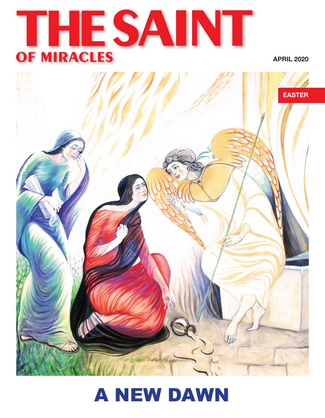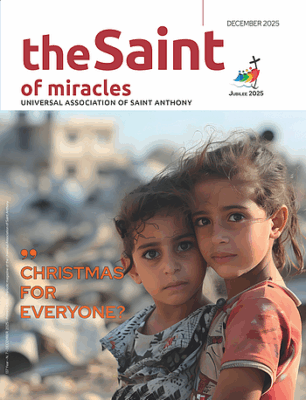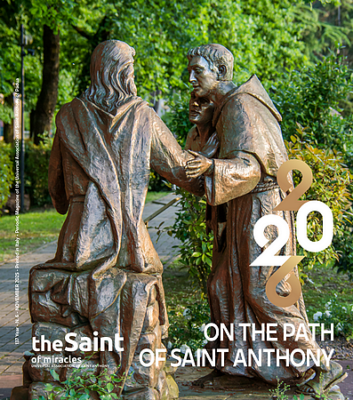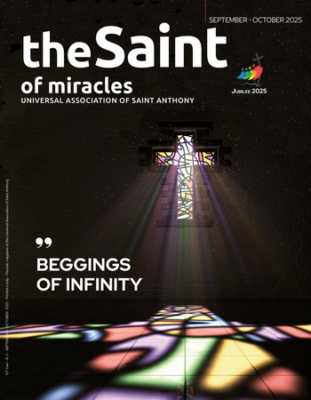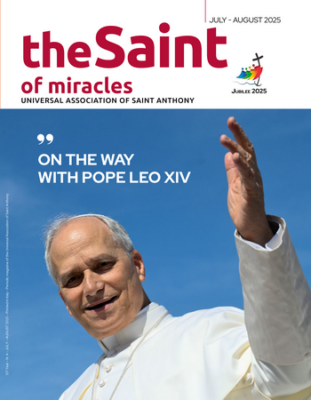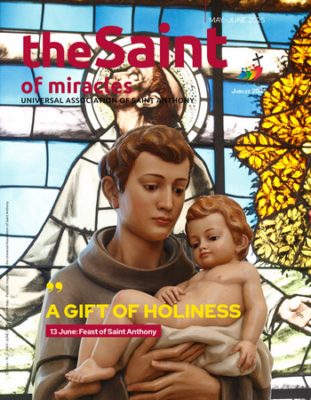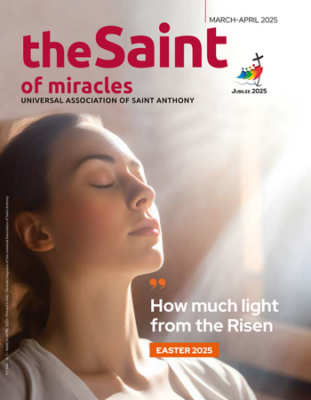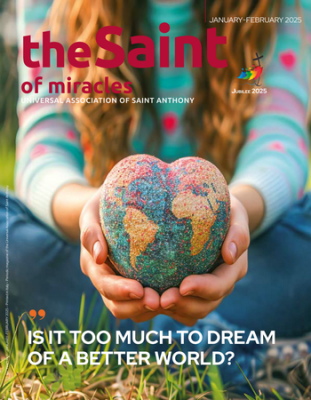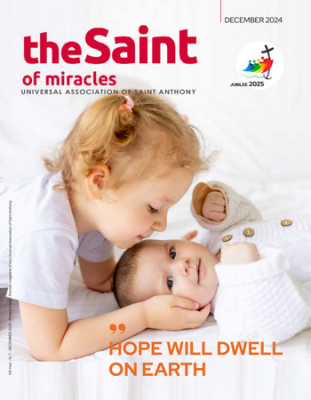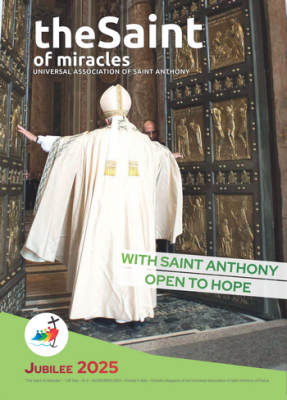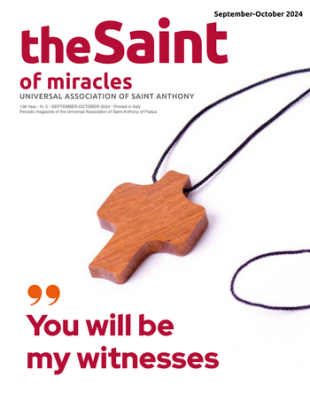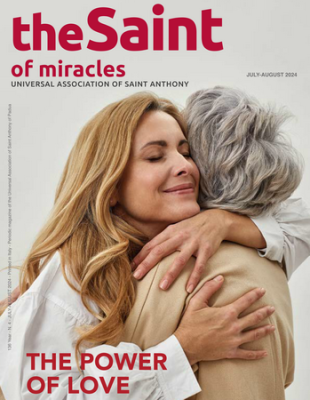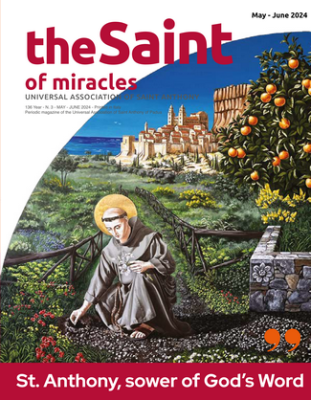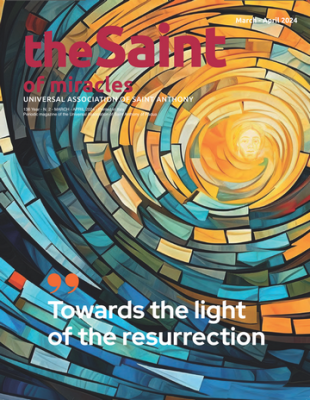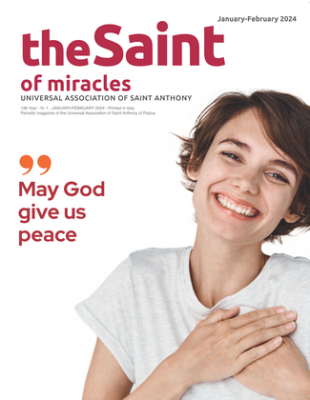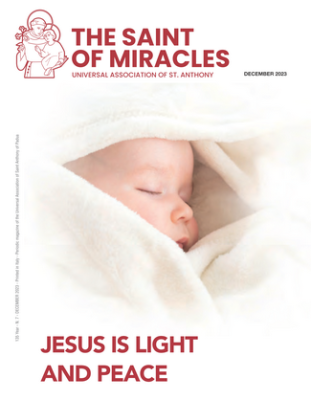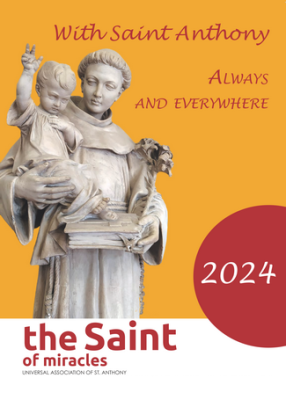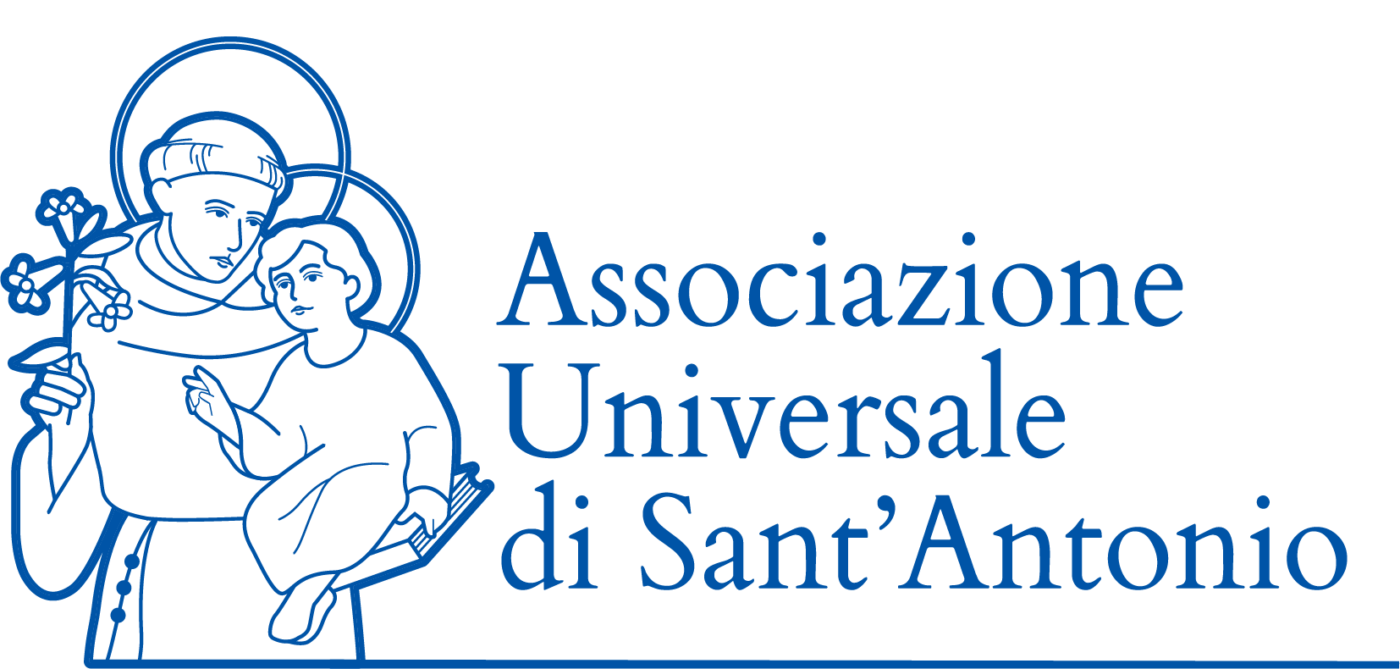Year 132 - April 2020Find out more
In animals there is the wisdom of the Creator
fr. Luciano Bertazzo
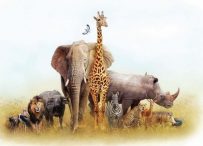
Dear friends, I am closing with this issue the subject of Saint Anthony’s vision of the animal world, which I started three years ago and during which I concretely presented figures of animals to which he refers in his Sermons. I found that there are about 130, a real zoo. I couldn’t mention them all, it would have been a boring “bestiary” after all.
However, I would like to recall, as if to summarize the path taken, some characteristics of the way Anthony uses their presence, not feeling tied to any of them in particular, just as we often see in the recurring iconography of saints, for example in the case of St. Francis connected to the wolf or birds, St. Anthony the Abbot to the pig, or St. Hubert to the deer, just as St. Romedio is always depicted with the bear, as if to say that it is the animal itself that gives identity to the saint depicted. Anthony talks a lot about animals, but there is no particular identifying link with them; rather, they serve in so far as they can be used in preaching for a reference to moral meaning in the way it is interpreted and proposed by the saint.
Animals that are captured as “messages” coming from the great “book of nature”, where one with an intelligence capable of going beyond the mere looking can see the Creator. Saint Anthony said: “The work of the Lord is Creation; when well considered it sends the man who looks on it on to the consideration of his Creator. If there is so much beauty in a creature, how much more must be in the Creator? The wisdom of the craftsman shines forth in the material” (Second Sunday in Advent, 4). The Saint of Padua grasps its wisdom, while the Saint of Assisi grasps its beauty.
Anthony is not Francis, we know, and fortunately, because only in this way each one offered his own identity and wealth. But we can grasp a common sensibility, that which the Saint of Assisi makes resonate with poetic beauty and even more with theological wisdom in the Canticle of Brother Sun: “Be praised, my Lord, through all your creatures, especially through my lord Brother Sun, who brings the day; and you give light through him. And he is beautiful and radiant in all his splendour! Of you, Most High, he bears the likeness”. “Of you, Most High, he bears the likeness”: everything finds likeness and meaning in the Creator.
In Francis gushes the wonder of praise; in the disciple Anthony, given the purpose of the Sermons, it becomes knowledge of creation and its creatures. Having visited the Antonian “zoo”, perhaps someone may have been amazed (perhaps even annoyed?) at the continuous play of allegories, of moral references with which animals are mentioned, frequently referring to the scientific sources available to the Saint (feeling almost obliged to do so, as he says in the Prologue of the Sermons).
By attributing a moral meaning to the behaviour of animals, creatures of the Creator, the reader was invited to an analysis of his own attitudes, to better know himself, even his ambivalences: the Saint’s aim was to provoke conversion to a more human and less bestial life! A Dominican friar, Umberto de Romans (1200-1270), contemporary of the Saint, left us a beautiful testimony writing: “God poured his wisdom on all his works and for this reason Saint Anthony said that creatures are a book and from this book those who know how to read it well get abundant material very useful for preaching”.


 Italiano
Italiano Français
Français